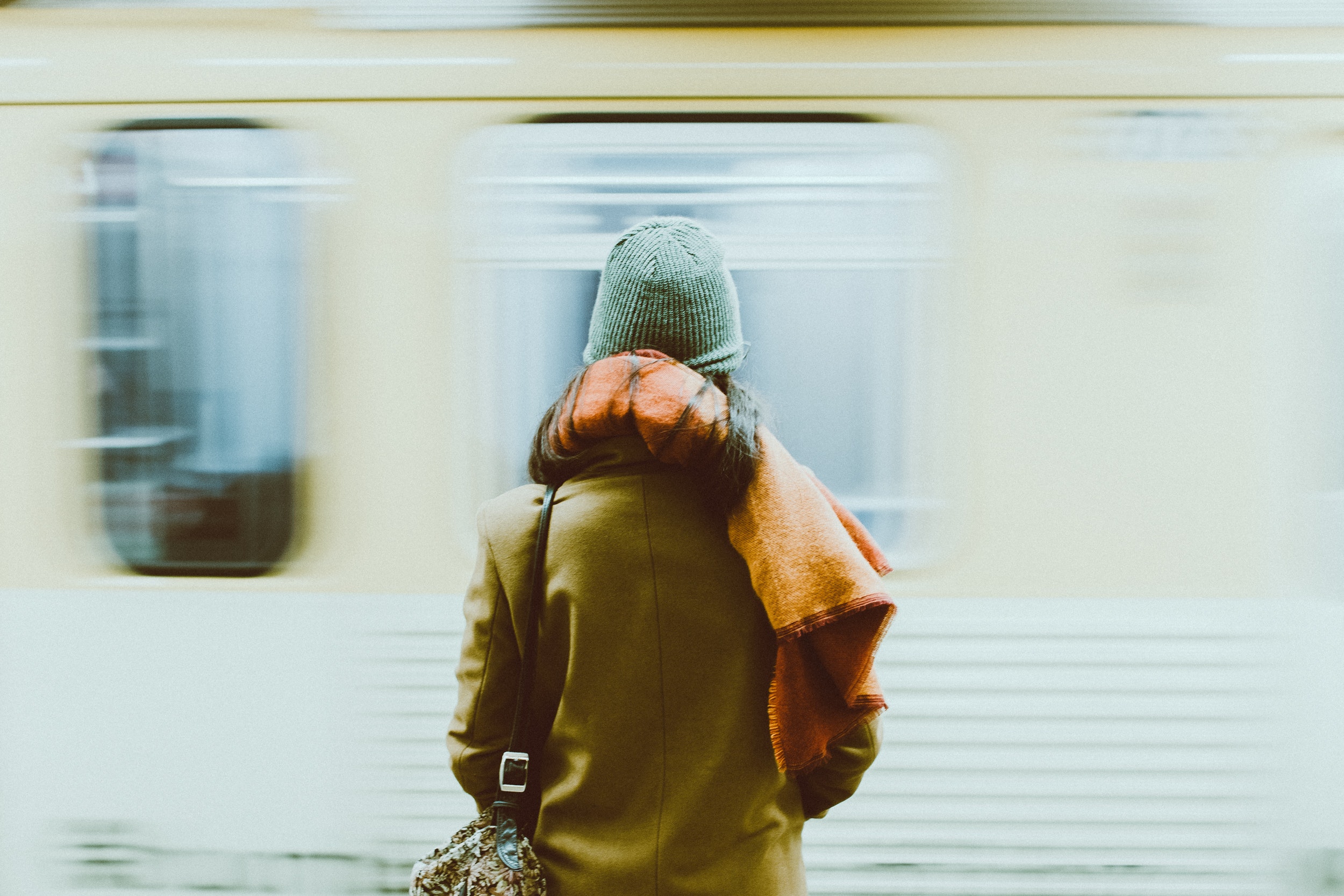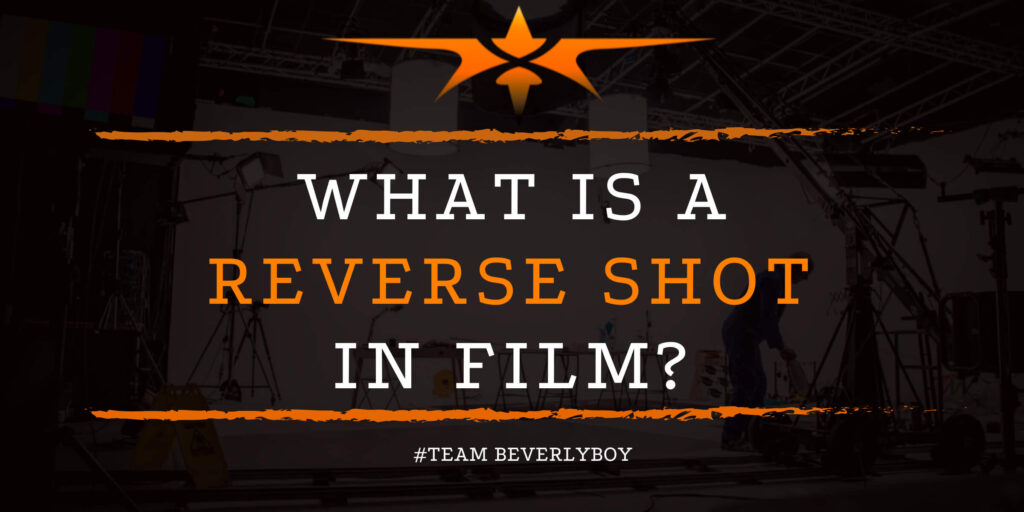What is a Reverse Shot in Film?
Excellent filmmakers know the power of a shot when it comes to achieving the desired connection between character and audience. You want to make your audience feel like your scenes are powerful and rewarding? The reverse shot in film is one of many different shots. Used to capture reactions, provide scene coverage, and offer cutaway views. But what is a reverse shot in film and how is it achieved?

What is Shot Reverse Shot?
Commonly referred to as shot/reverse shot. The reverse shot represents a technique that filmmakers use based on the Kuleshov effect. Although not the same. Shot reverse shot in film refers to the placement of a camera setup.
Such that it’s viewing the subject. And then another setup is used to show the reverse view of the previous setup. The reverse shot in this instance applies to the filmmaker actually showing the reverse angle of the previous shot that was seen.
Powerful Technique
The shot reverse shot is a powerful technique that is often used for scenes in which character dialogue unfolds. You might recall a shot reverse shot having played out in accordance with an over-the-shoulder shot. Or alongside a matching single shot.
Together, these shots provide a glimpse into the interaction taking place between characters as the dialogue unfolds within the scene.
Understanding the Reverse Shot in Film
Learning how the reverse shot in film plays out is important. But can also be challenging to understand for a newly aspiring filmmaker or cinematographer.
The shot/reverse shot which is sometimes referred to as a counter shot. It will show a character looking usually at another character that is offscreen.
And then the next shot shows the other character looking back at the first character. This shot provides insight into the minds of both characters and assumes that they are looking at one another.
In Summary
You might recall the shot reverse shot in film being used to deemphasize the transition of dialogue between to characters. It’s often used to create the chronological back and forth dialogue in a scene. One heavily focused on the characters and their chat taking place.
The use of shot reverse shot is incredibly important. As it provides a glimpse into how the character’s are feeling while talking with another character in an intimate situation.


